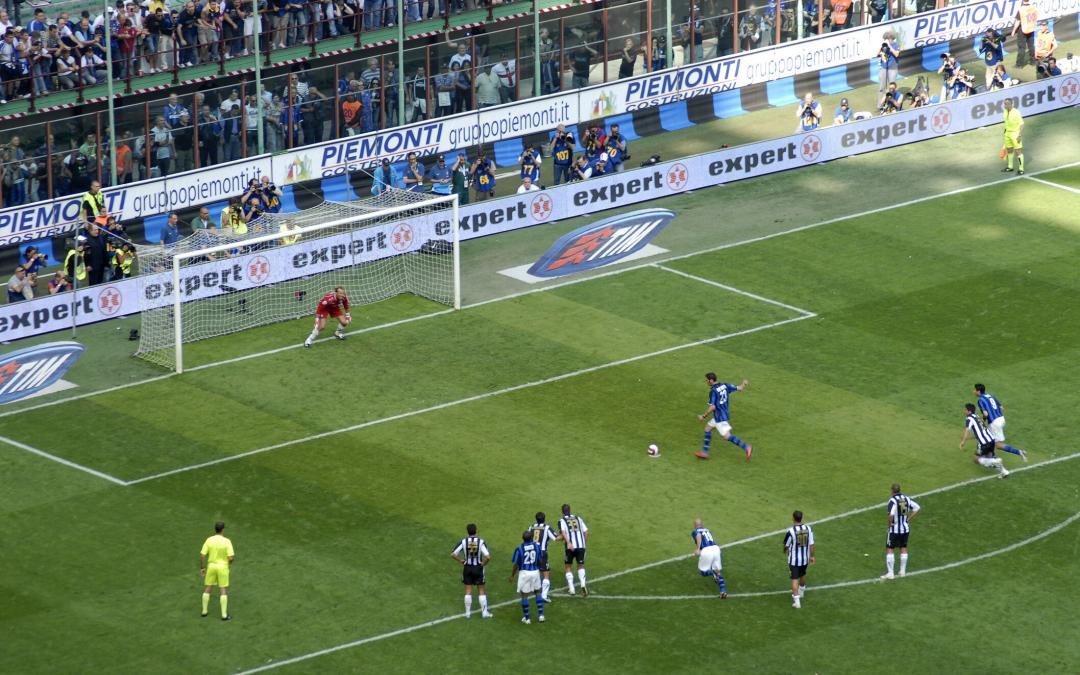A new penalty system will take effect for VAT periods beginning on or after 1 January 2023. The aim is to penalise persistent offenders rather than those who make the occasional mistake or late return. The systems for late submissions will actually be different from that for late payments.
Late returns will be subject to a points system. A late return earns one penalty point. There is a £200 penalty when a points threshold is reached, and this threshold varies, depending upon the return frequency as follows:
- monthly returns are penalised at 5 points
- quarterly returns are penalised at 4 points
- annual returns are penalised at 2 points
Once the points threshold has been reached, any subsequent returns are penalised at £200.
A significant difference to the current system is that late repayment returns are now penalised. Under the current system, any penalty was based on a percentage of the amount of VAT payable to HMRC. Where this is nil, there is no current penalty.
The current late payment penalty system is often considered unfair because the same penalty can apply for being one day late as being a year late. The new system will impose no penalties for any payment made (or payment plan made) in the first 15 days after the due date. For payments made between 16 and 30 days a penalty of 2% will apply and a further 2% at 30 days. After 30 days an annualised rate of 4% applies. There is a first-year concession until 31 December 2023 in that there will be no penalty if all tax due is fully paid by day 30. There is however also a separate interest charge for any tax paid late and the clock starts from day one. Interest is based on the Bank of England base rate + 2.5%. So, whilst it is true that a business could consistently pay their VAT bill late by 14 days and incur no penalty, there would still be an interest charge.
Under the current system if HMRC made a repayment late by more than 30 days it would pay a repayment supplement of 5%. This will no longer be the case. Interest will however be paid but at the low rate of Bank of England base rate minus 1%, subject to a minimum of 0.5%. This is significantly lower than the current flat rate of 5% and in no way compensates if a business is forced to borrow additional funds to manage the shortfall whilst waiting for repayment.
In order to wipe the slate clean and return to zero points two conditions must be met:
1. all returns for the previous 24 months must have been submitted; and
2. all returns must have been submitted on time for 12 months for quarterly returns (24 months for annual returns and 6 months for monthly returns) following the return that breached the threshold.
The current penalty regime resulted in a large number of appeals and tribunal cases as businesses that made infrequent late returns or payments could be penalised heavily. It was worth fighting for. The number of tribunal cases, if not appeals, will almost certainly reduce, because penalties for occasional failures are not great and it is difficult to substantiate a reasonable excuse when persistently late, and it is only by being persistently late that a penalty could reach the proportions where taking a case to tribunal is worthwhile.
How to minimise the risk of penalties?
There are a number of ways in which a business can reduce the risk of incurring penalties. We always recommend paying your VAT liability by direct debit. Clients who do not use this method of payment of constantly reminded of this option. Provided there are sufficient funds in the business account it is the easiest and safest way to ensure payments are made on time. If you cannot pay on time penalties can be reduced by agreeing on a time-to-pay arrangement within time. And even if you cannot pay on time, penalties will be minimised by at least submitting the return on time. And finally, penalties are charged based on unpaid tax. So, if you cannot pay in full, but can pay something, it is better to pay what you can within time.
Contact us
If you would like to speak to us about our VAT compliance services, or indeed, any of our services, please call on 01942 725419


